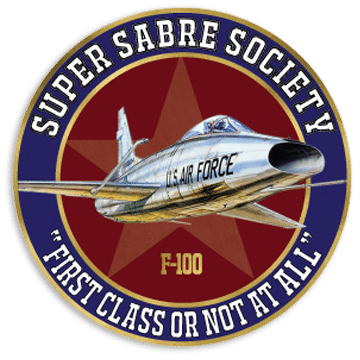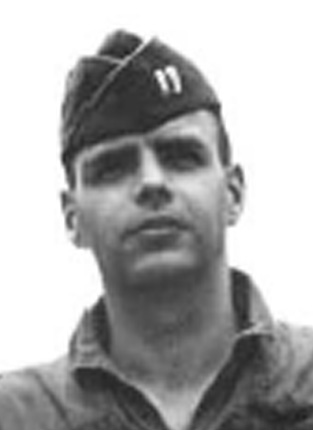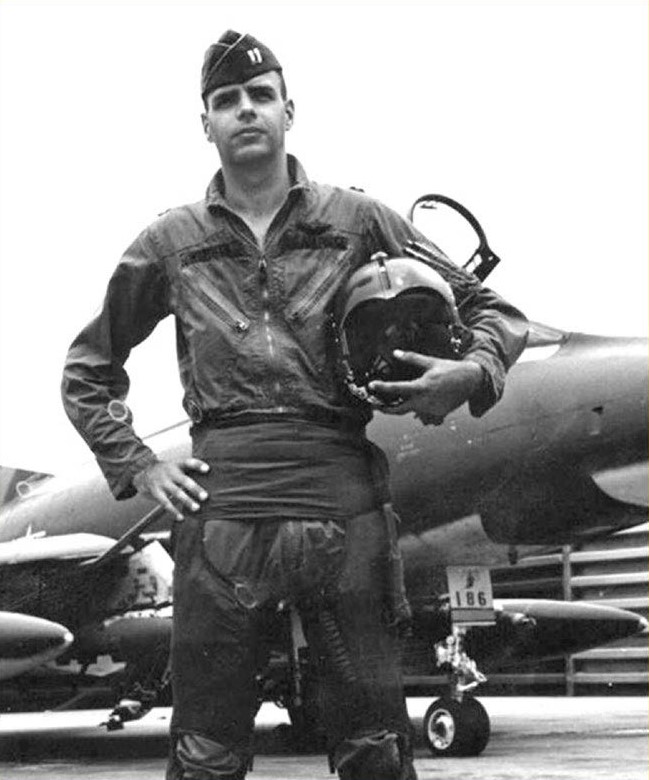Vietnam Experience
“I flew missions in support of ground forces in South Vietnam: Close Air Support, Interdiction, Suspected Enemy Locations, and Troops-in-Contact. Air support of troops-in-contact was the most demanding as we often delivered munitions as close as 50-100 meters from friendlies. The weapons deliveries were usually at 450 knots, frequently from as low as 200 feet.
For night missions, the target area was illuminated by flares dropped by an orbiting gunship. We could also carry and drop our own flares. Normally, we operated as a flight of two F-100s, an airborne forward air controller would talk us on to the target, then mark it with a rocket. Our munitions included 500 and 750-pound bombs, both low-drag and high-drag; napalm; 2.75” rockets; 20mm cannons; occasionally a CBU. Typical tactics included medium or low-angle dive-bomb or high-angle strafe. Ground threats were small arms up to 50 caliber anti-aircraft.
Being able to provide air support of troops-in-contact was the most rewarding accomplishment of my career.”
Colonel Weppner’s military experience and military-related program involvement spanned more than 40 years. As an Air Force Colonel, his career included fighter operations, an F-100 combat tour in Vietnam, interceptor pilot instructor, operational test and evaluation, command, and an Air Staff tour. Building upon a solid background in fighter aircraft operations, training, and combat, applied operations research expertise to operational test and evaluation.
Weppner directed the operations analysis activities of the F-16 Initial Operational Test and Evaluation at Edwards AFB, including test planning, data collection, analysis, and reporting. Later, he commanded the operational test squadron for strategic air defense aircraft systems.
At the Pentagon, Mike served as the Air Force Plans and Operations focal point for the development of several $100 billion/year Air Force budgets. In addition, was directly involved in Congressional matters, operational requirements assessment, and Air Force-Wide Mission Area Analysis.
In January of 1987, he formed a consulting firm and has been providing contractor support to the Air National Guard – Strategic and Long Range Planning, Airspace and Range Planning, Test and Evaluation, Program Support. Colonel Weppner is now a Senior Program Manager with QinetiQ-North America.








